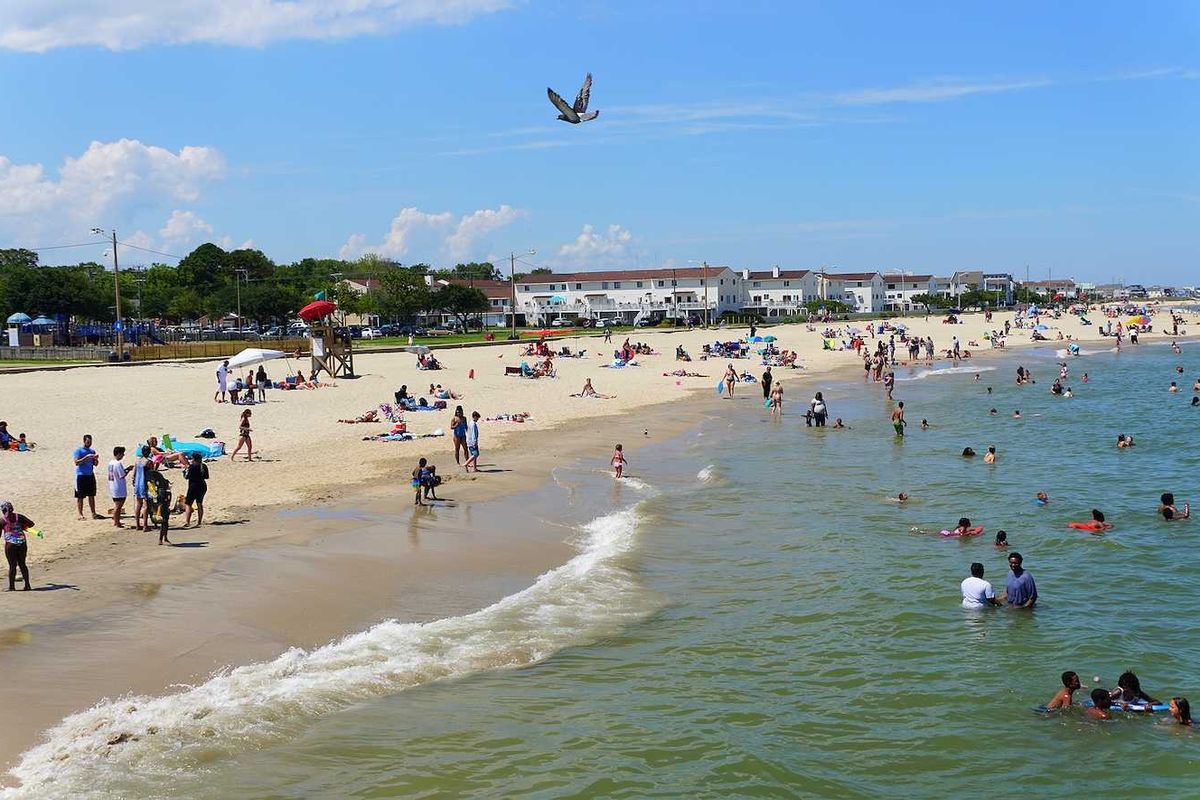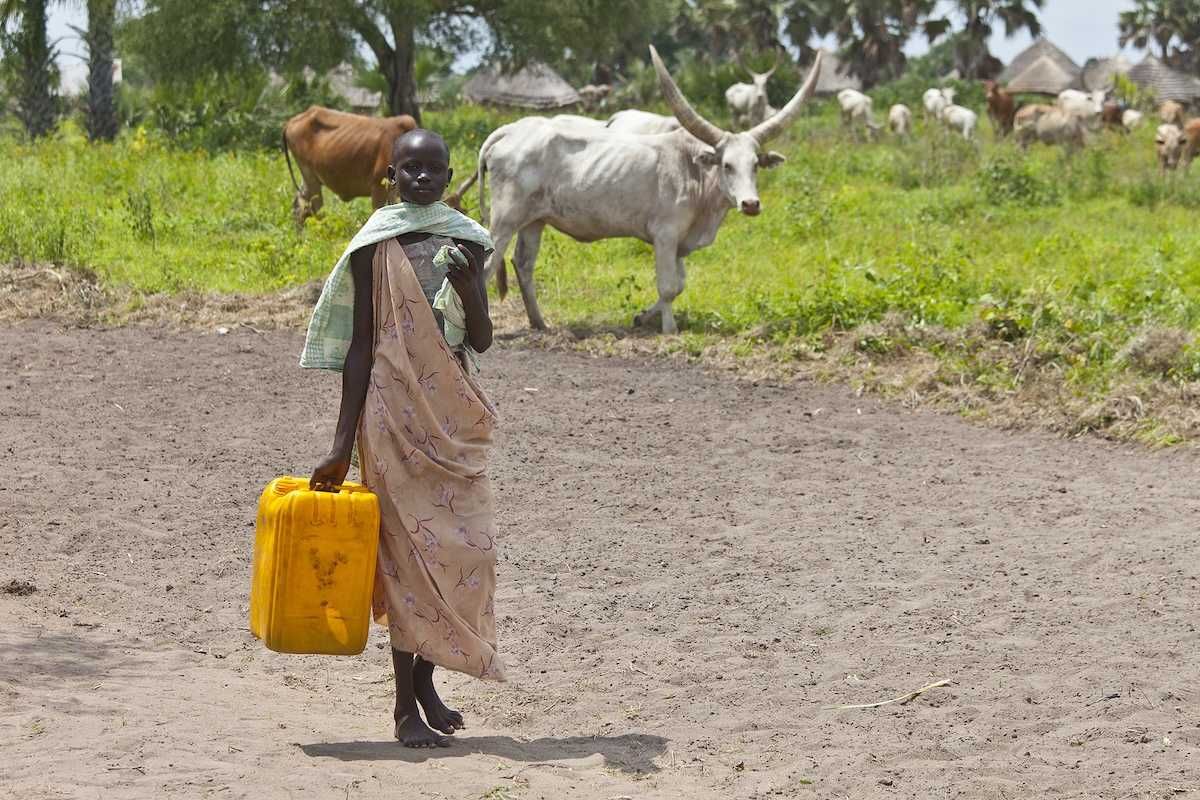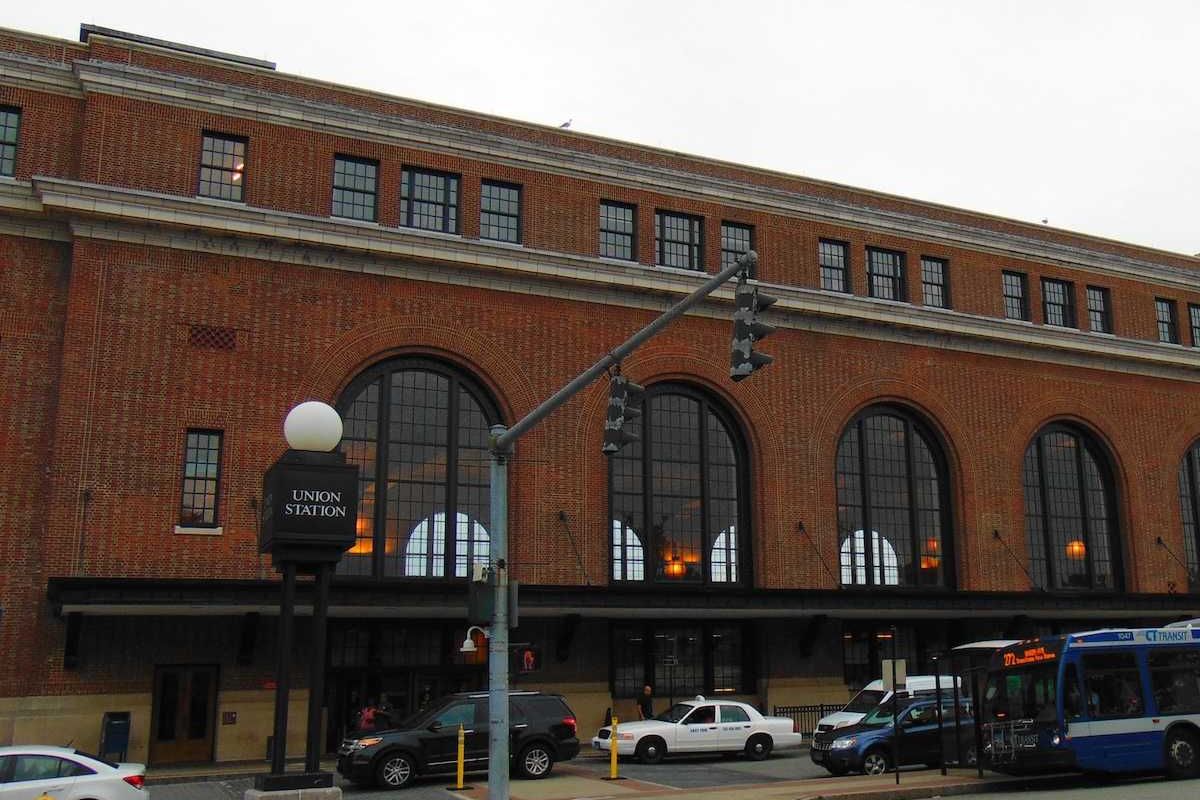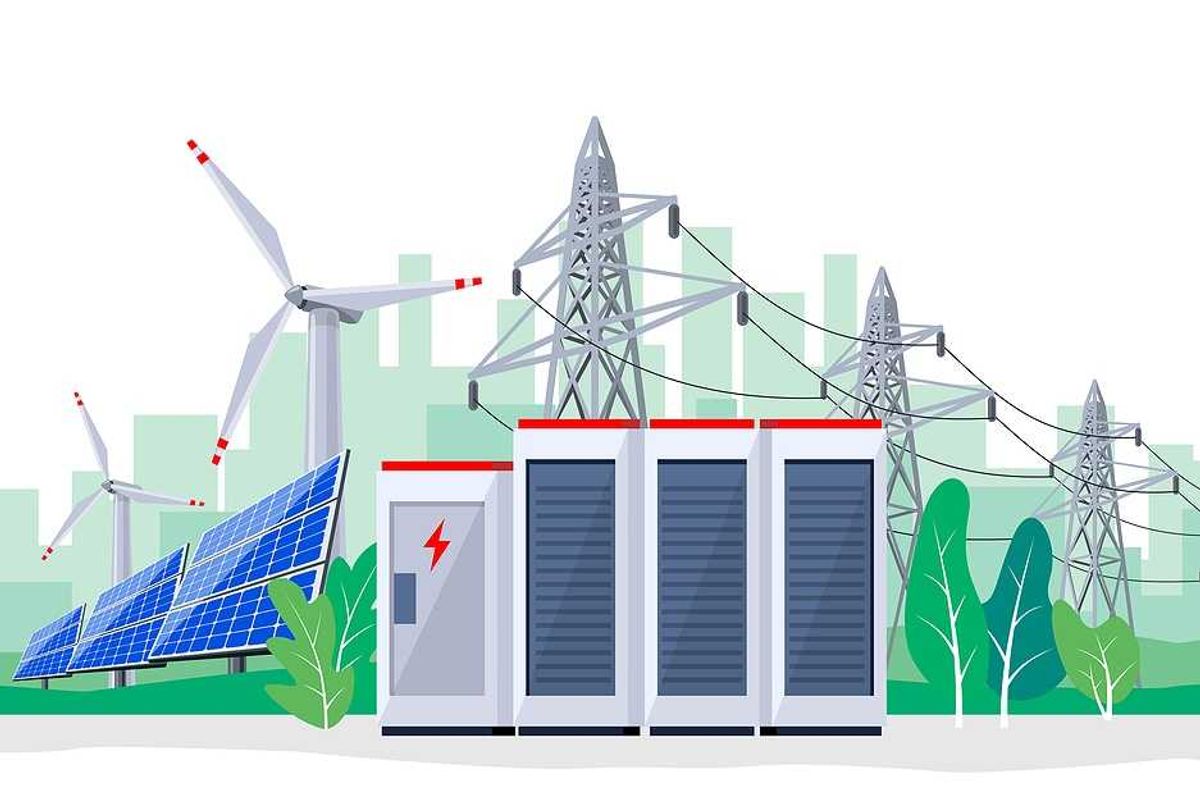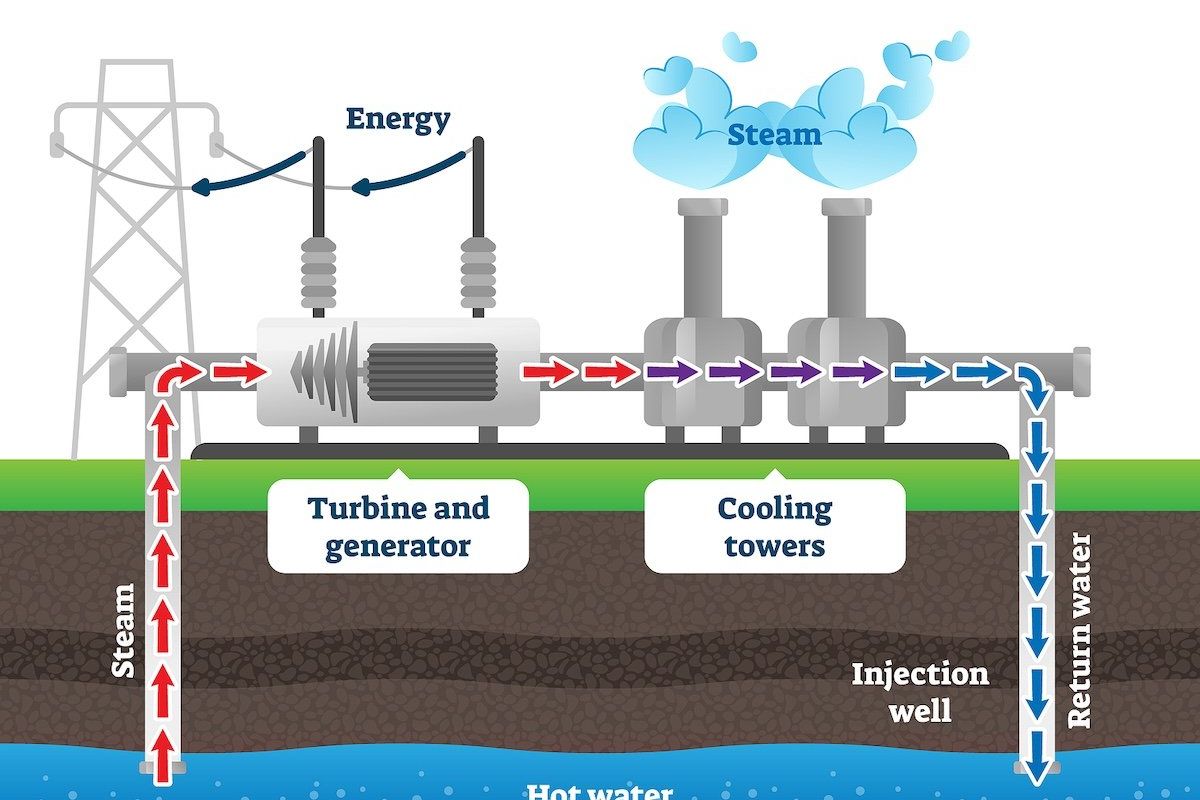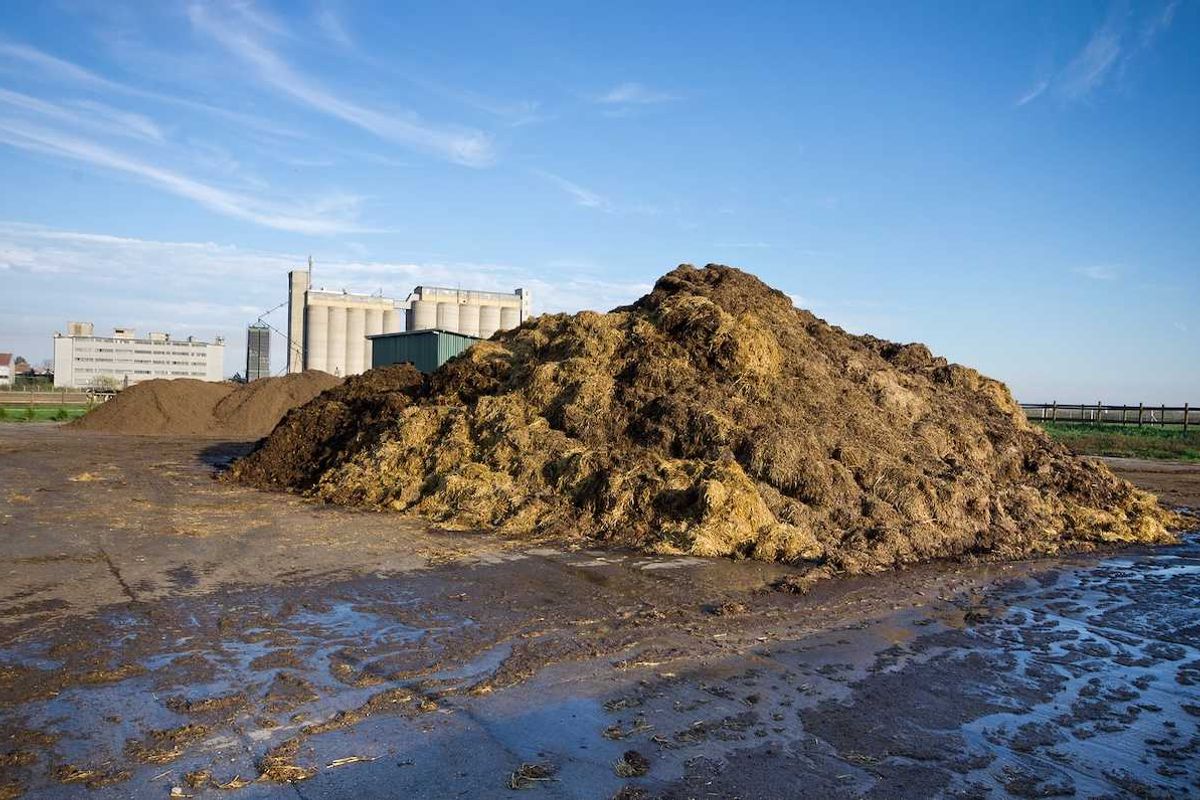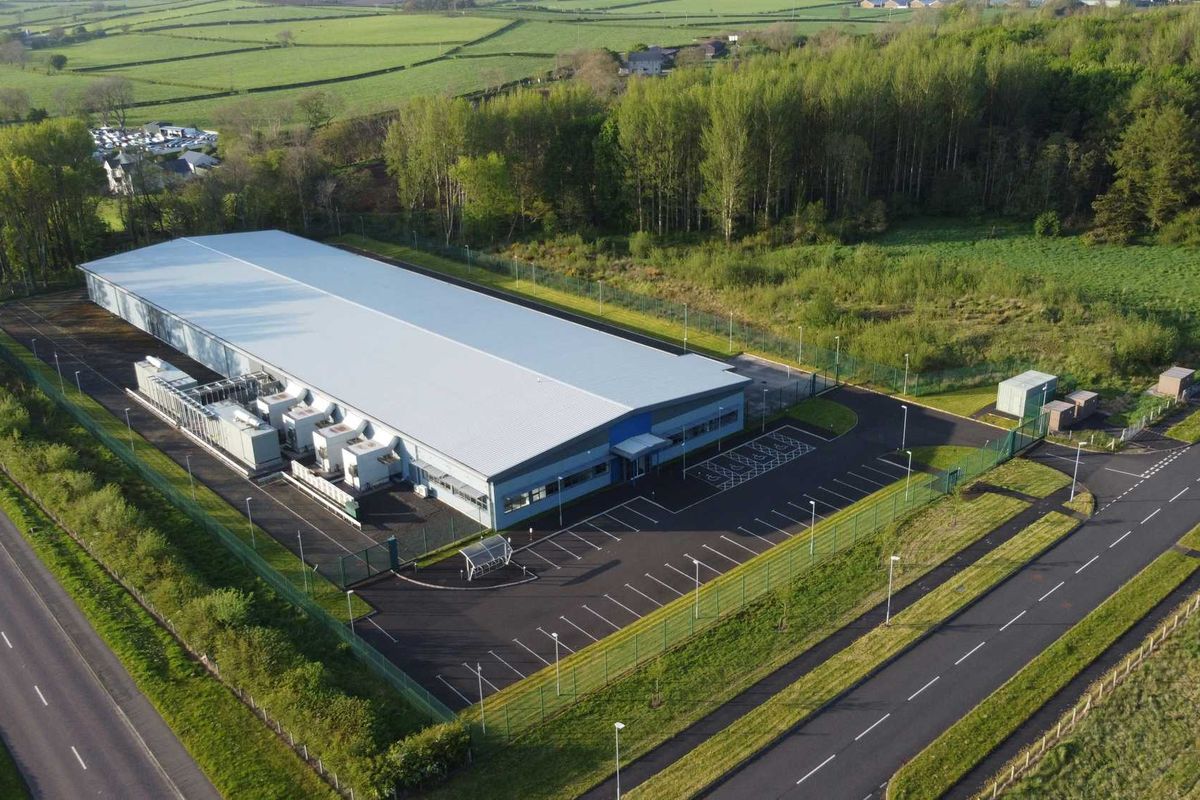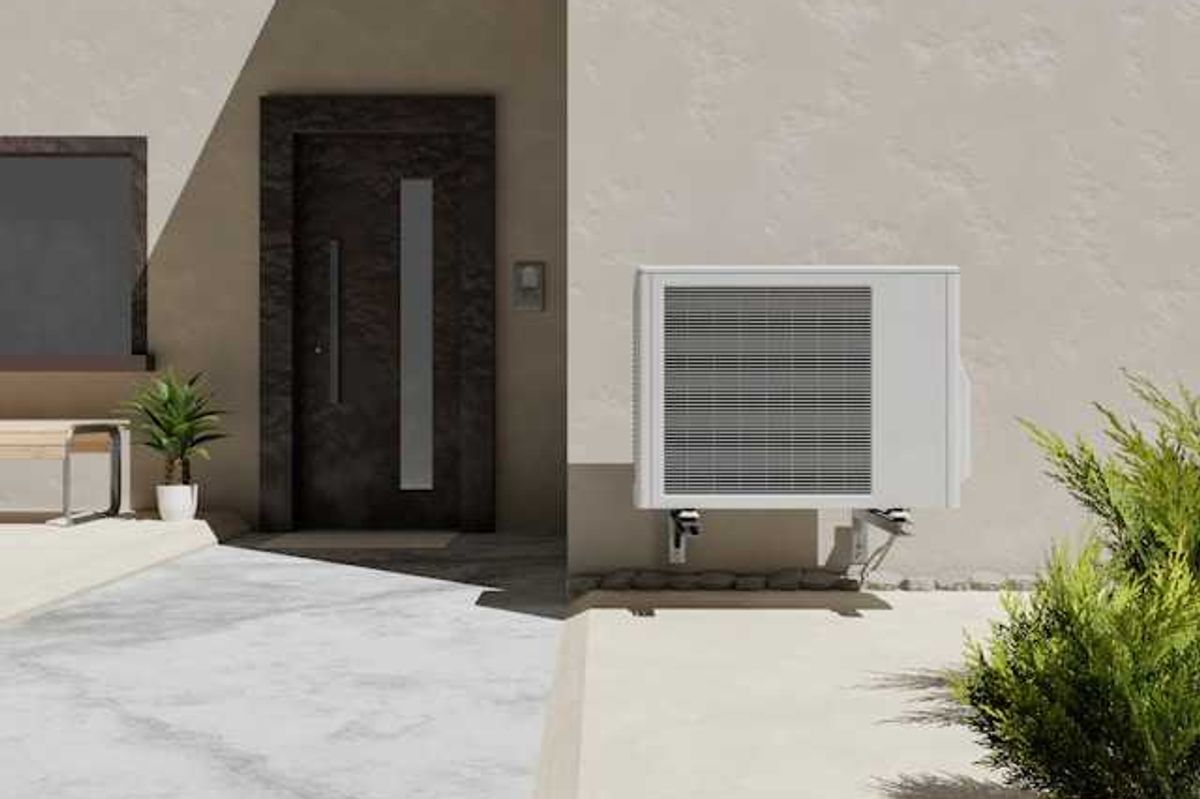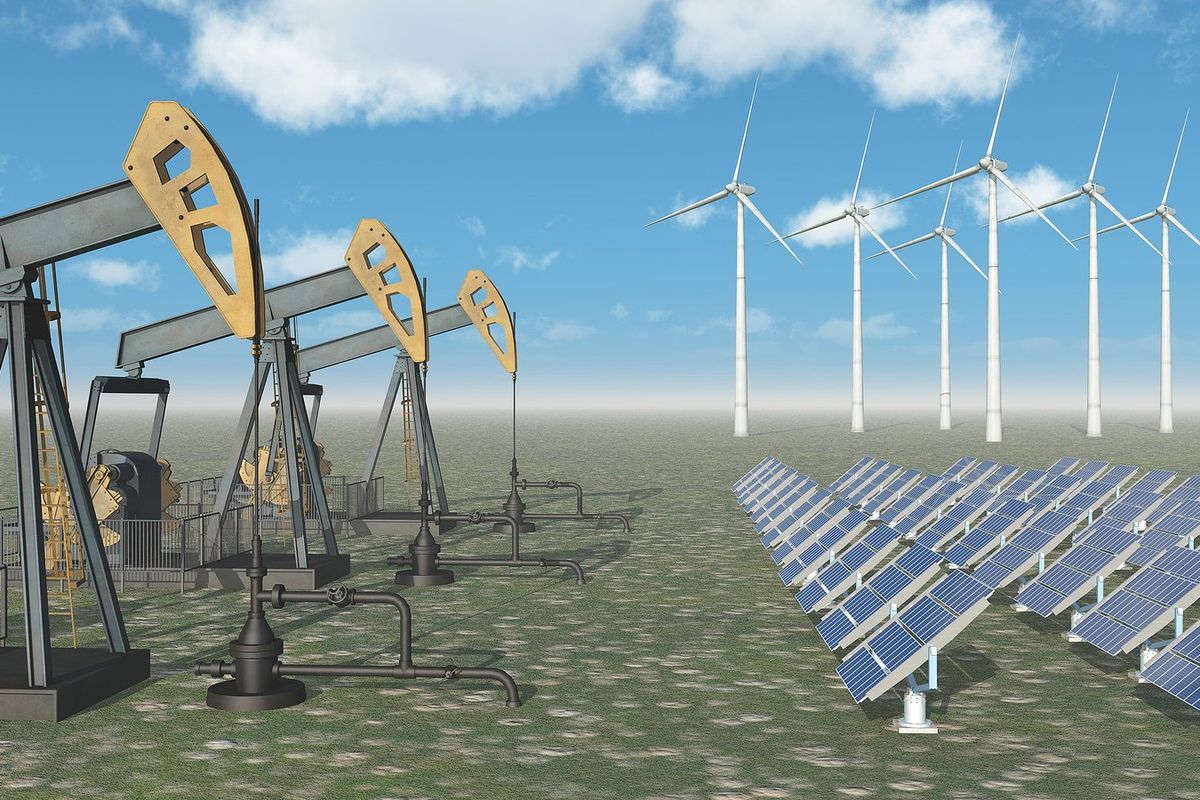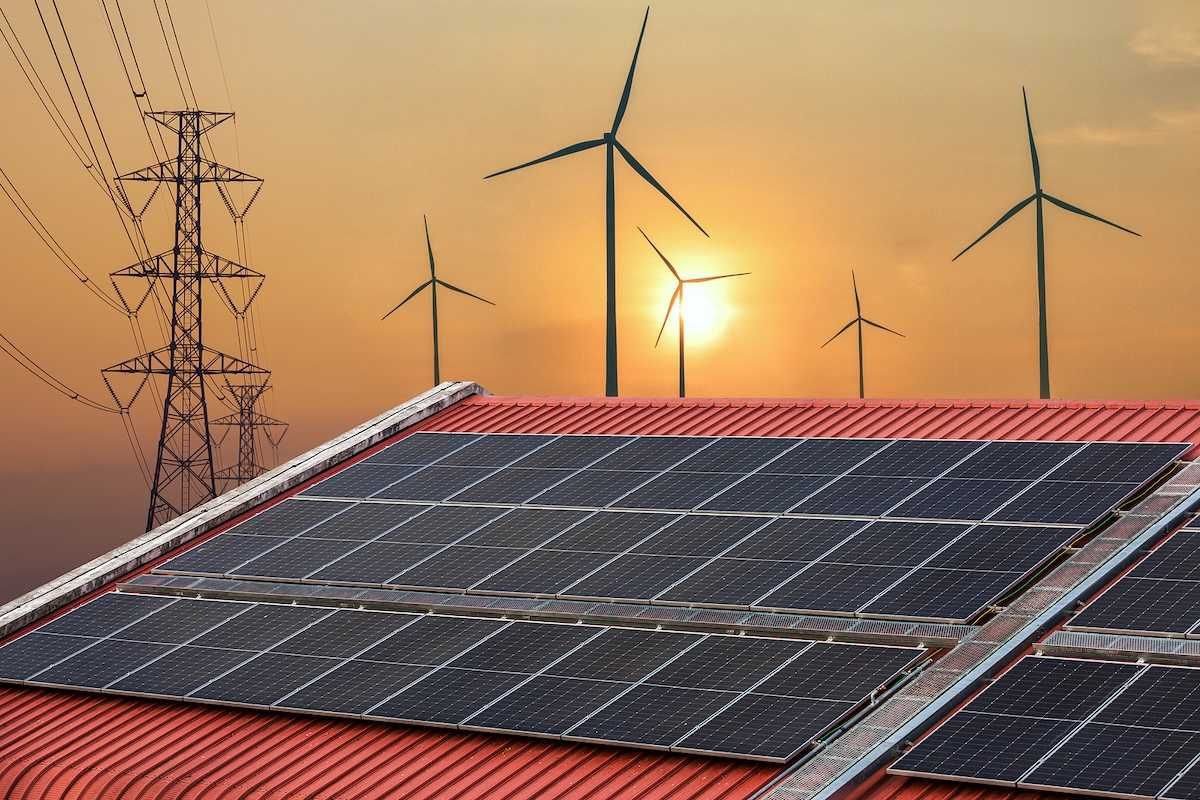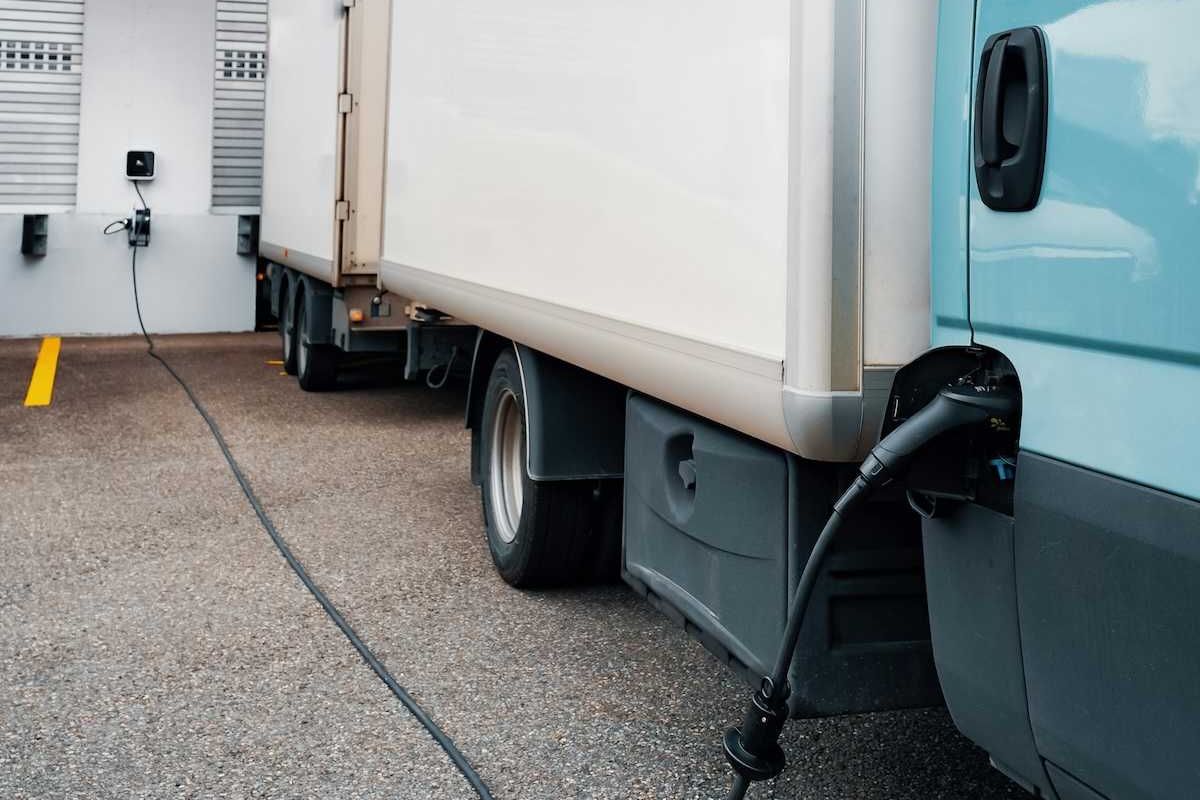Instead of billion-dollar floodwalls and surge barriers, Hampton, Virginia, is relying on rain gardens, plant-lined storage basins, restored marshes and 3D-printed concrete reefs seeded with oysters.
Good News
After record flooding submerged Bor in South Sudan in 2020, the emergency response ended up turning it into a beacon of climate crisis adaptation
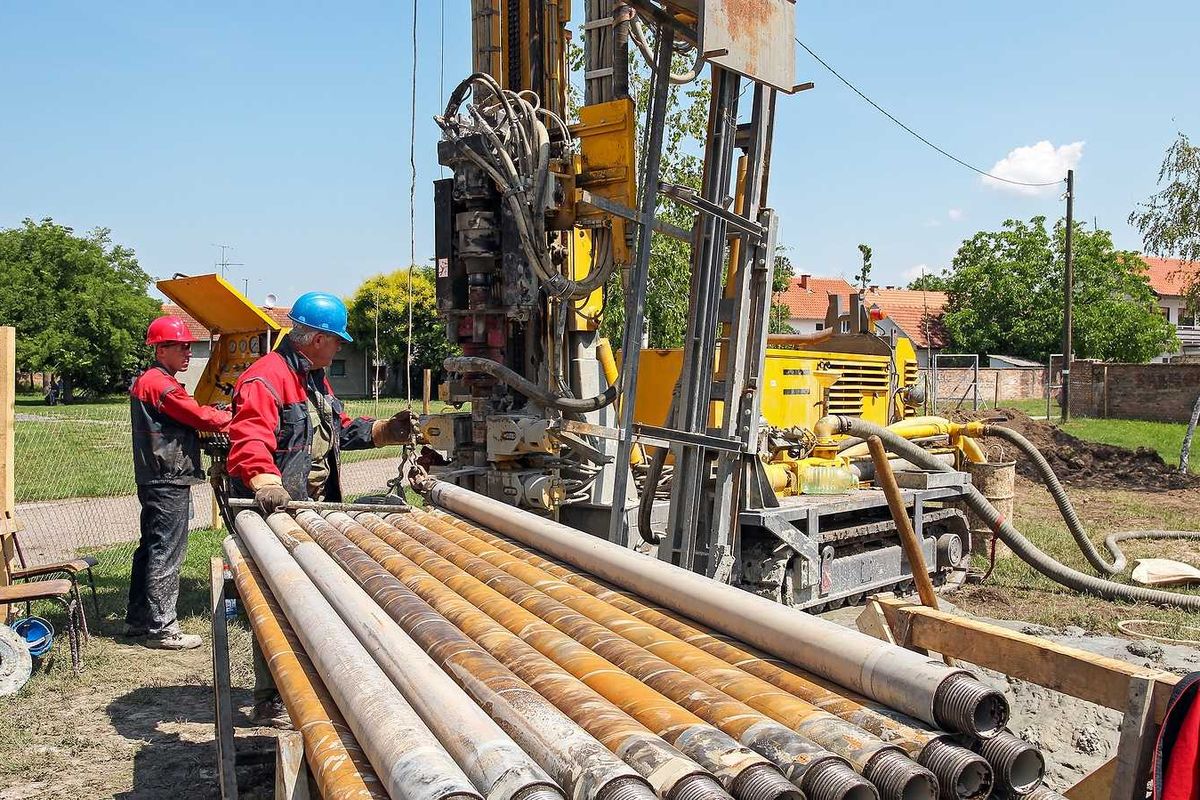
Not all drilling in Texas is about oil
10 December
The state has become a hub of innovation for creating electricity using geothermal power. Just don’t call it renewable.
The project will provide clean heating and cooling for New Haven’s train station and nearby public housing and could be a test case for similar efforts nationwide.

Al Gore's case for optimism
05 December
Gore talks to HEATED about COP30, the Gates memo, and why he thinks billionaires should face far more scrutiny in the climate fight.
An early grid battery was installed in the Atacama Desert in Chile 15 years ago. Now, as prices have tumbled, they are increasingly being used around the world.
A first-in-the-nation heating and cooling network in Massachusetts is set to double in size.
Resisting industry pressure, regulators ordered a 41% emissions reduction by 2035 — a move that supports Colorado’s climate goals and could guide other states.
As viticulture suffers from the effects of climate change, German researchers are experimenting with technology that fosters growth while also harvesting electricity.
Microscopic organisms are being deployed to capture methane from sources such as farms and landfills, with the potential for reuse as fertilizer and fish food.
At Maple Farm, nature is returning in droves: nightingales, grass snakes, slowworms, bats and insects. All due to the vision of a group determined to accelerate its recovery.
Despite being one of the largest natural carbon sinks, most nations exclude soil from their climate plans.
Tech companies are turning to natural gas to help power the growing number of A.I. data centers in the U.S. Jigar Shah, a former Energy Department official, explains how installing batteries instead can help balance the grid, lower electricity bills, and support renewable energy.
The program aims to use federal funds awarded under the Biden administration to deploy more than 500,000 heat pumps in the chilly region over the next few years.
André Corrêa do Lago says rise of clean energy must be acknowledged and rich countries need to do more.
Governments across Europe, the Pacific islands, Latin America and Africa embraced the call. The United States did not.
Tapping energy from “superhot rock” could produce cheap, clean, constant energy almost anywhere — if drills and wells can survive infernal heat and pressure.
China is rapidly replacing its aging diesel trucks with electric models, signaling a major shift in the world’s largest vehicle market.
Journalism that drives the discussion
Copyright © 2017 Environmental Health Sciences. All rights reserved.
Copyright © 2017 Environmental Health Sciences. All rights reserved.

